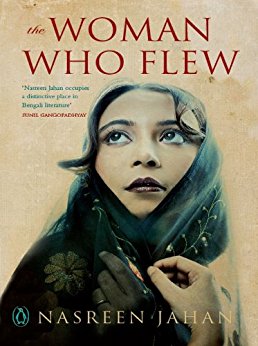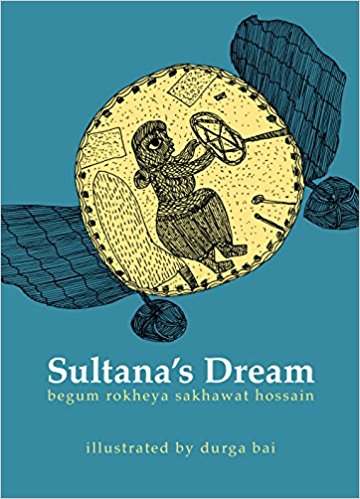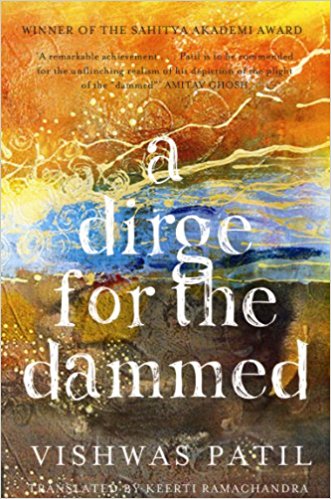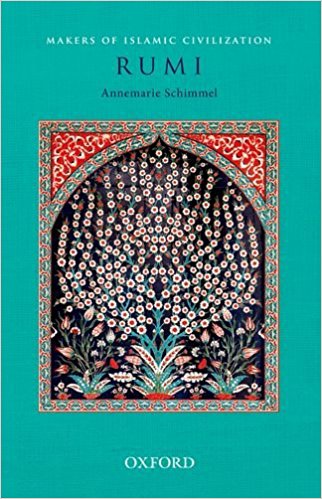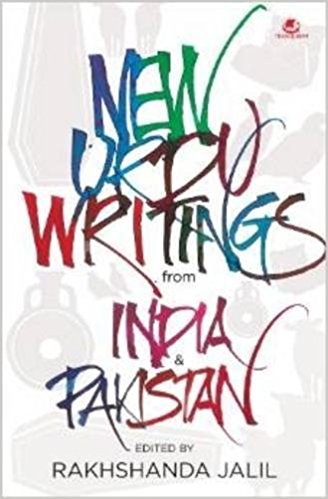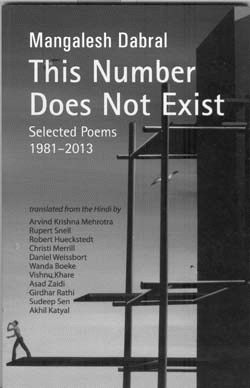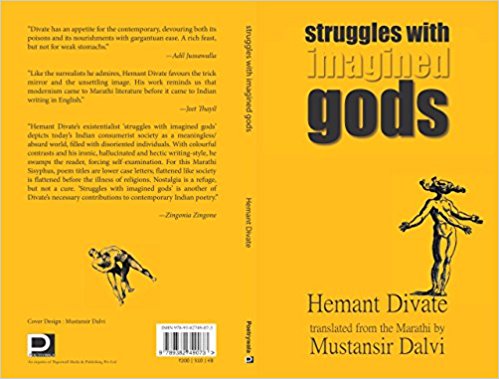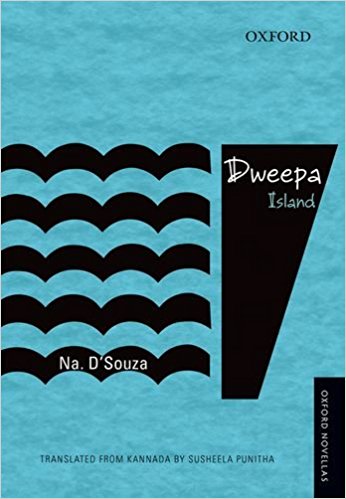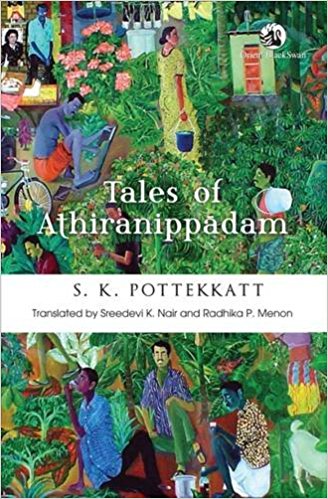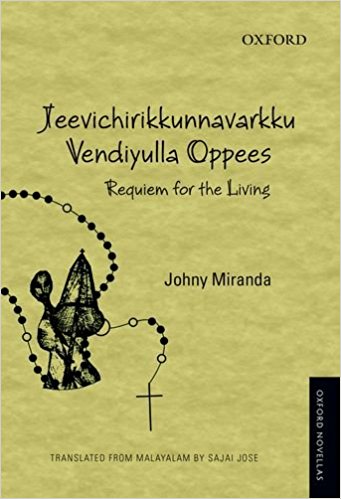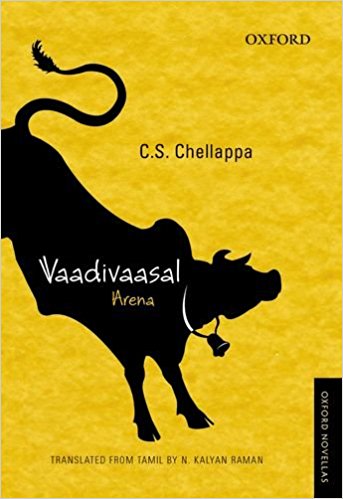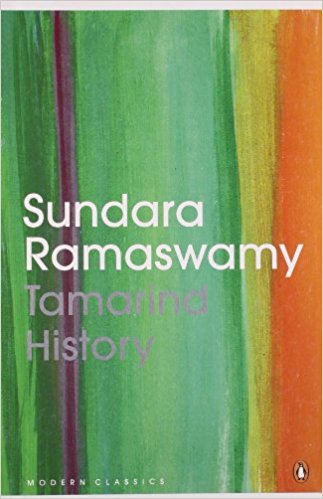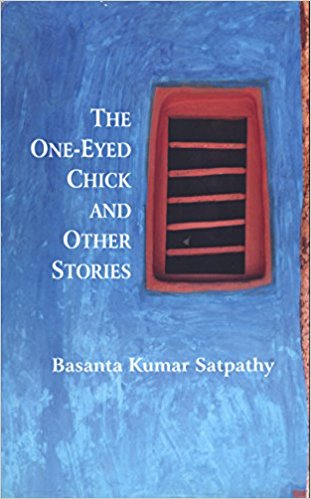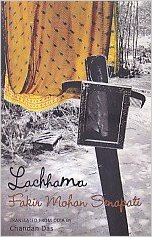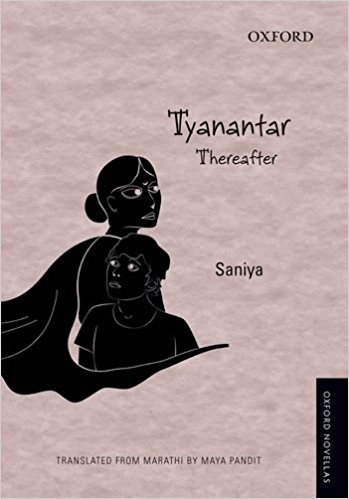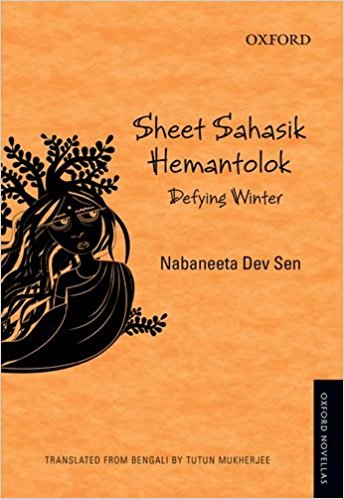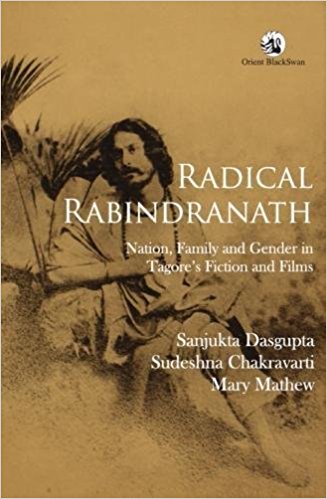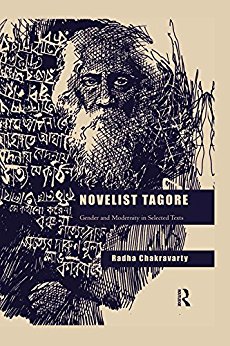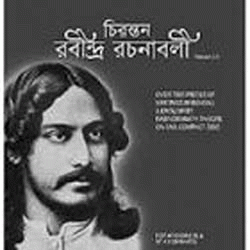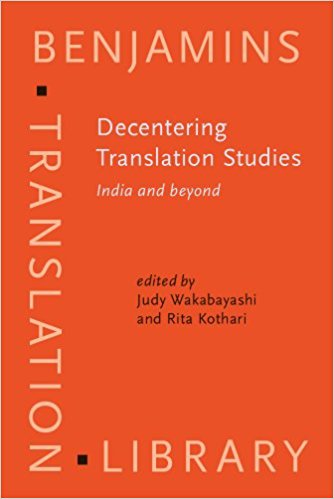The Bangladeshi writer Nasreen Jahan’s The Woman Who Flew (2012) is a novel translated from the original Bengali Urukkoo (1993) by Kaiser Haq. The title of the novel indicates an act of ‘flying’ from the gross and unrefined in search of the ‘sublime’. The novel depicts the realities of life and the significance of art in the life of those people…
Archives
August 2014 . VOLUME 38, NUMBER 82014
Sultana’s Dream by Begum Rokheya Sakhawat Hossain could well be every South Asian woman’s dream come true! This wonderful feminist fable, written in 1905, much before the word feminism itself made its appearance in India is a book that needs to be gifted to every woman and indeed man whom we love and care for.
2014
From Ghalib’s Delhi to Lutyen’s New Delhi is an edited set of records, from the collections of the National Archives of India, pertaining to the founding and development of New Delhi from 1911 onwards.
Despite Aijaz Ahmad’s majestic rebuttal, Frederic Jameson’s claim that ‘all Third World texts’ are allegorical and are to be read as ‘national allegories’ seems credible, albeit minus its sweeping generalization, with reference to many fictional narratives produced across Indian languages in the twentieth century.
The book is a part of the series—Makers of Islamic Civilization and as the Series Editor has mentioned in the book—‘…the aim is to provide an introduction to outstanding figures in the history of Islamic civilization…’
There is a lot more in the simple title of this book than may appear to an unsuspecting eye. The words used in Urdu for the kinds of writings included in this volume are ‘Afsana’ and ‘Kahani’(the distinction between the two is not a settled issue in Urdu criticism). Both ‘Afsana’ and ‘Kahani’ lose something if translated casually as a short story or a tale…
To meet a poet of one’s own language in a different language is like meeting a friend or an acquaintance in an alien land. The strangeness of the medium turns into a torchlight which illuminates the hitherto unknown or unseen facets of the person. You are left wondering if it is the same person you were confident of having known well.
Struggles with Imagined Gods brings the ur ban phantasmagoria that one has come to associate with Hemant Divate’s poetry into the English language. This is a poetic hyper-reality in which you are assailed by an avalanche of fast-moving, colliding images of a culture dizzy on retail therapy, drunk on eternally deferred promise. Divate’s dominant poetic device is juxtaposition…
2014
At first glance, Dweepa is a fairly simple novella. It is the story of Nagaveni and her farmer husband Ganapayya who are forced to stay back, even while their fields are under threat of being submerged by the waters of a newly built dam.
Every writer has this urge to write his life. Tales of Athiranippadam by S.K. Pottekkatt is a masterly attempt by the author to share the throes of his first love, admiration for father and muted love for mother in the guise of fiction. It takes the reader through the pranks of adolescence and anxieties of being an adult.
This powerful novel by Johny Miranda captures the life of the Parangis in Kerala, who see themselves as derelicts of history. The author represents them as grave diggers and sacristans of Catholic churches in Kerala. Community members are vehement that their legacy is dear to them, and the novel has its cadences in the description…
What happens when a writer translates her/his own work? Does s/he have the liberty to edit it to suit a new audience? Does this become a new text by the author? The role of the editor and publisher is a crucial one.
With each passing year, the debates in the media are getting fiercer than what happens in the arena of bull sport known as Jallikattu (among several other synonyms like Manji Virattu or Mattu Vedikkai) in Tamil Nadu.
2014
Among the many narrative modes preva- lent in pre-modern India, the sthala-purana (or place-legend) enjoys a special stature. It is normally associated with a local temple and tells the story of how the temple came to be built on that site.
The eighteen stories by Basanta Kumar Satpathy, sampled and translated by a team of twenty collaborators in One-Eyed Chick and Other Stories, is a testimony to the belief that ‘Indian literature is one though written in many languages’.
2014
In academic circles, all discussion of the In- dian novel as it emerged in the latter half of the 19th century revolves around questions of its adjustment with a ‘derivative’ form, that of the European realist novel.
The novella Tyanantar, translated by Maya Pandit as Thereafter, belongs to one of Saniya’s 13 short story collections of which the first appeared in 1980 and the most recent in 2010.
Defying Winter, Tutun Mukherjee’s trans- lation of Nabaneeta Dev Sen’s novella about women in an old-age home in Calcutta of the eighties captures the beginning of a social shift.
In the recent scramble to celebrate the 150th birth anniversary of Rabindranath Tagore, a host of scholars and enthusiasts have tried to recreate his image in terms of their own individual perspectives.
Novelist Tagore, the most recent endeav- our by established Tagore translator and scholar Radha Chakravarty, is proof that translation is the closest form of reading.
Rabindranath Tagore often saw in his mind’s eye his writings turn into dust ‘under the wheels of time’, as he put it in 1939. When he was barely thirty-five years of age and a rather obscure poet he wrote a poem addressing his readers a century later: ‘A hundred years from now/ I wonder who you are reading this poem of mine’ (1895).
Judy Wakabayashi and Rita Kothari’s Decentering Translation Studies: India and Beyond, now in its Indian edition, seeks to unearth what the Introduction calls the ‘local stories of translation’, premised on the assumption that local cultures and contexts determine the nature of translation and translation theory.

